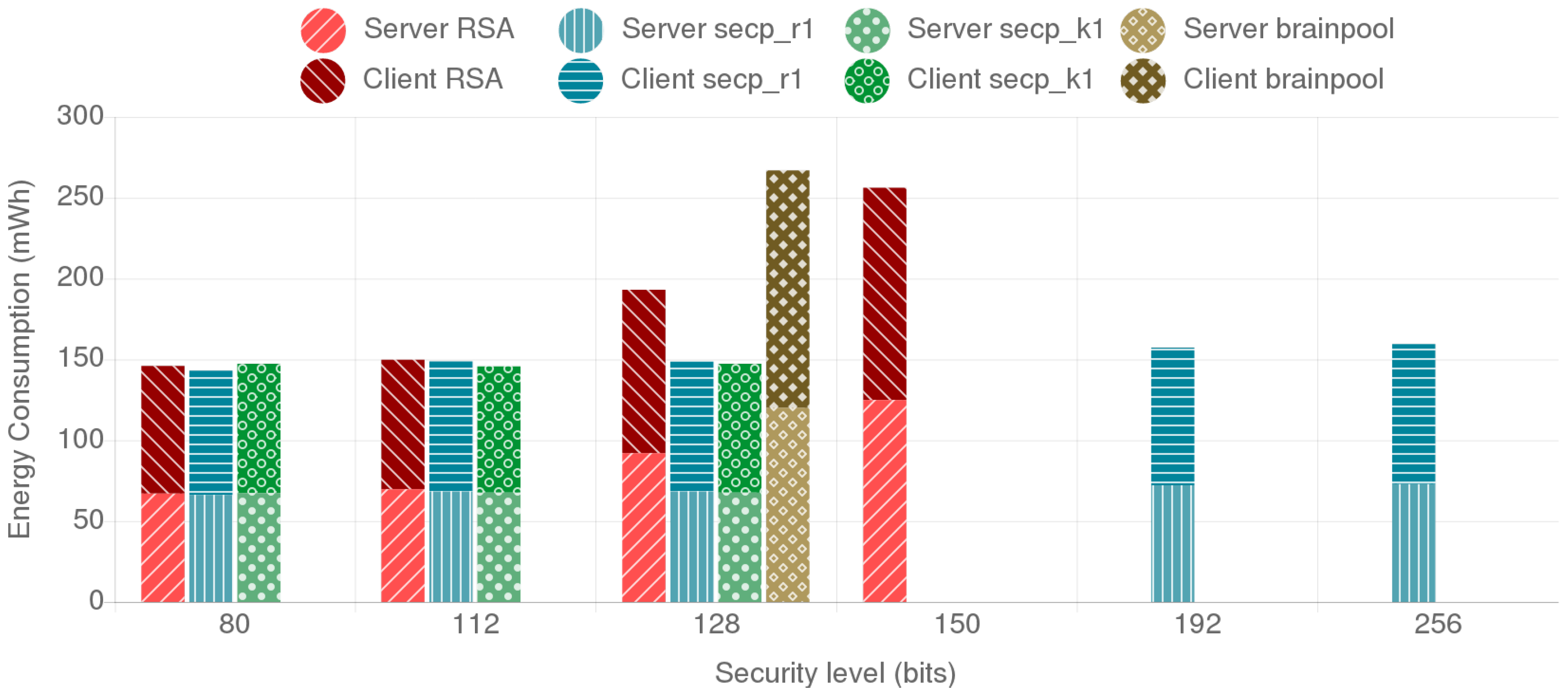Pyton Key Generation Using Aes265 In Counter Mode
Sep 20, 2017 Supports all AES key sizes; Supports all AES common modes; Pure-Python (no external dependencies) BlockFeeder API allows streams to easily be encrypted and decrypted; Python 2.x and 3.x support (make sure you pass in bytes, not strings for Python 3) API. All keys may be 128 bits (16 bytes), 192 bits (24 bytes) or 256 bits (32 bytes) long. The PaddingScheme property does not apply for counter mode. (2) CTR mode increments a counter for each subsequent block encrypted. For example, if an application encrypted the string ' twenty times in a row, using the same instance of the Chilkat Crypt2 object, then each iteration's result would be different. Aug 14, 2013 AES-CTR. Python implementation of AES encryption algorithm in counter mode. Script bases on the python Crypto library. This version supports 128 bit key only.
| #!/usr/bin/env python |
| importbase64 |
| fromCryptoimportRandom |
| fromCrypto.CipherimportAES |
| BS=16 |
| pad=lambdas: s+ (BS-len(s) %BS) *chr(BS-len(s) %BS) |
| unpad=lambdas : s[0:-ord(s[-1])] |
| classAESCipher: |
| def__init__( self, key ): |
| self.key=key |
| defencrypt( self, raw ): |
| raw=pad(raw) |
| iv=Random.new().read( AES.block_size ) |
| cipher=AES.new( self.key, AES.MODE_CBC, iv ) |
| returnbase64.b64encode( iv+cipher.encrypt( raw ) ) |
| defdecrypt( self, enc ): |
| enc=base64.b64decode(enc) |
| iv=enc[:16] |
| cipher=AES.new(self.key, AES.MODE_CBC, iv ) |
| returnunpad(cipher.decrypt( enc[16:] )) |
| cipher=AESCipher('mysecretpassword') |
| encrypted=cipher.encrypt('Secret Message A') |
| decrypted=cipher.decrypt(encrypted) |
| printencrypted |
| printdecrypted |
commented Jan 13, 2014

AWESOMESAUCE. |
commented Sep 16, 2016
Pyton Key Generation Using Aes265 In Counter Model
This only works because the 'mysecretpassword' is 16 bytes. If it were a different (not dividable by 16) amount of bytes you'd get |
commented Dec 22, 2016
Aes 256 Java
Very minor changes to make it python 3 compatible https://gist.github.com/mguezuraga/257a662a51dcde53a267e838e4d387cd |

commented Dec 19, 2017 • edited
edited
lambda removed(pep 8 support) |
commented Jan 20, 2018 • edited
edited
In Python 3 using the modifications of Craz1k0ek it still doesn't work with Unicode. For example the input Edit: found a working version: https://stackoverflow.com/a/44212550 |
commented Apr 26, 2018
i think this is aes 128, we have a standard blocksize of 16 bytes (128bit) |
commented Apr 26, 2018
i can't seem to find how to do aes256 |
commented Jun 5, 2018
Please provide the JAVA code equivalent to above which is in python. |

Chilkat • HOME • Android™ • Classic ASP • C • C++ • C# • Mono C# • .NET Core C# • C# UWP/WinRT • DataFlex • Delphi ActiveX • Delphi DLL • Visual FoxPro • Java • Lianja • MFC • Objective-C • Perl • PHP ActiveX • PHP Extension • PowerBuilder • PowerShell • PureBasic • CkPython • Chilkat2-Python • Ruby • SQL Server • Swift 2 • Swift 3/4 • Tcl • Unicode C • Unicode C++ • Visual Basic 6.0 • VB.NET • VB.NET UWP/WinRT • VBScript • Xojo Plugin • Node.js • Excel • Go
| Demonstrates how to encrypt using AES CTR mode. CTR mode is special in a few ways: (1) Padding doesn't apply. Normally, a block encryption algorithm (AES, Blowfish, DES, RC2, etc.) emit encrypted output that is a multiple of the block size (16 bytes for AES as an example). With CTR mode, the number of bytes output is exactly equal to the number of bytes input, so no padding/unpadding is required. The PaddingScheme property does not apply for counter mode. (2) CTR mode increments a counter for each subsequent block encrypted. For example, if an application encrypted the string '1234567890' twenty times in a row, using the same instance of the Chilkat Crypt2 object, then each iteration's result would be different. This is because the counter is being incremented. The decrypting application would need to decrypt in exactly the same manner. The 1st decrypt should begin with a new instance of a Crypt2 object so that it's counter is at the initial value of 0. It would be a mistake to encrypt 20 strings using an instance of the Crypt2 object, and then attempt to decrypt with the same Crypt2 object. To decrypt successfully, the app would need to instantiate a new Crypt2 object and then decrypt, so that the counters match.
| |||||
© 2000-2020 Chilkat Software, Inc. All Rights Reserved.